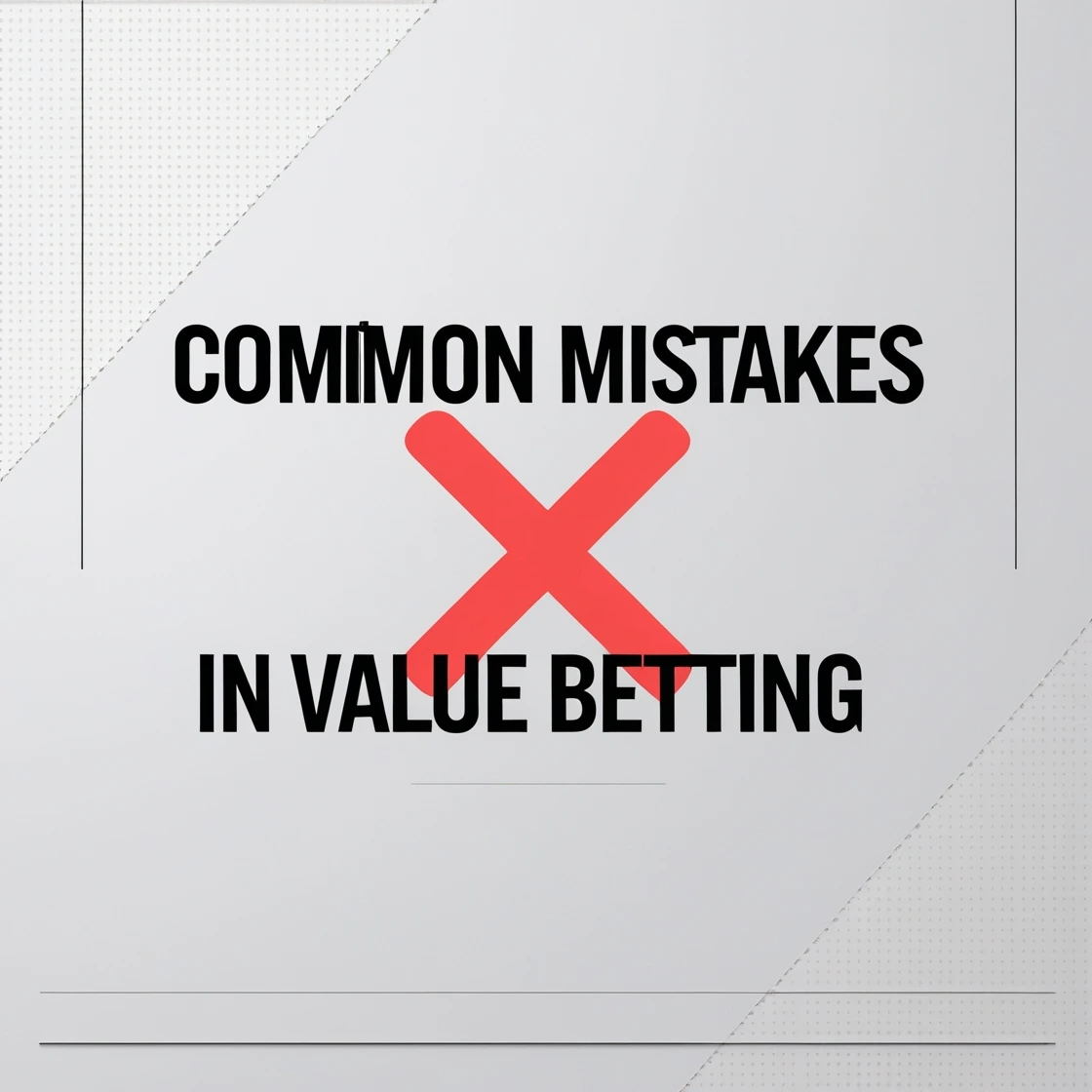Value Betting
Value Betting – How to Beat the Market by Finding True Odds
Value betting is one of the most powerful long-term strategies in sports betting. It’s not about how often you win, but whether the odds you bet on offer real value based on actual probabilities.
✅ What Is a Value Bet?
A value bet occurs when the odds offered by a bookmaker or exchange are higher than the true probability of the event happening. In simple terms, the market underestimates the chances of a certain outcome, creating a long-term profit opportunity.
🔍 Example:
If a team’s odds to win are 3.00, that implies a probability of 33.33%.
But if your research or analysis shows that the real chance of winning is 40%, you’ve just found a value bet – a statistically profitable bet over the long run.
🧠 Why Is Value Betting Effective?
- 📈 Sustainable Profitability – When you consistently place value bets, your results will improve over time, even if not every bet wins.
- 🎯 Probability Over Emotion – Unlike betting based on hunches or favorites, value betting is a mathematical and logical approach.
- 💰 Perfect for Exchange Betting – Value betting works seamlessly with platforms like Betfair, where players set the odds.
📊 How to Find Value Bets
| ✅ Compare odds between exchanges and traditional bookmakers. |
| ✅ Monitor closing odds – the final odds before kickoff often reflect the market’s true estimate. |
| ✅ Use market analysis tools – statistics, databases, and odds comparison services are essential. |
| ✅ Trust your own models or proven sources – but only bet when the odds truly offer value. |
🔍 1. Compare Odds Between Exchanges and Traditional Bookmakers
One of the most common ways to find value bets is by comparing odds across multiple platforms – particularly between betting exchanges (like Betfair or Smarkets) and traditional sportsbooks.
If the exchange market prices a team at odds of 2.20 and a bookmaker offers 2.50, this discrepancy could indicate overvaluation by the bookmaker, which creates a value opportunity.
By actively tracking multiple odds providers, you can spot inefficiencies in the market – especially for lesser-known events, niche sports, or slow-reacting bookmakers.
⏱️ 2. Monitor Closing Odds
The closing line (the odds just before an event starts) is widely considered the most accurate reflection of true probability in betting markets.
If you consistently place bets before the market moves in your favor, and the closing odds are lower than what you bet on, it often indicates you’re identifying value.
For example:
- You bet on Team A at 2.40 early in the day
- The odds close at 2.10
This suggests the market moved toward your prediction, and you’re likely placing bets with long-term value.
Tip: Use odds tracking tools to compare your odds vs. closing odds over time – this helps measure your edge.
📈 3. Use Market Analysis Tools
Data-driven betting is essential for finding value. Relying on gut feeling is risky; instead, use tools like:
- Odds comparison websites (e.g. OddsPortal, SmartOdds)
- Historical performance databases
- Expected goals (xG) models
- Betting exchanges’ market depth tools
These tools help you understand whether a price is fair, inflated, or undervalued. Combining data from different sources gives you a better picture of where the true edge lies.
Bonus: Some services offer automated value betting alerts, based on real-time analysis.
🧠 4. Trust Your Own Models or Proven Sources
Many successful value bettors build their own statistical models based on historical data, team performance, player statistics, and even weather conditions.
If you don’t have a model yet, you can follow trusted value-focused communities or tipsters – but be cautious. Only follow those who:
- Share long-term tracked results
- Focus on value, not popularity
- Avoid vague “sure bet” claims
Even when using external sources, only place a bet if the odds currently available are higher than the implied true probability. Blindly copying bets doesn’t lead to consistent profits – understanding why the bet has value is key.

⚠️ Common Mistakes in Value Betting
- Confusing high odds with value – not every long shot is a value bet.
- Poor bankroll management – value betting requires a long-term, disciplined approach.
- Emotion-based betting – placing bets based on loyalty or preference defeats the purpose of value betting.




